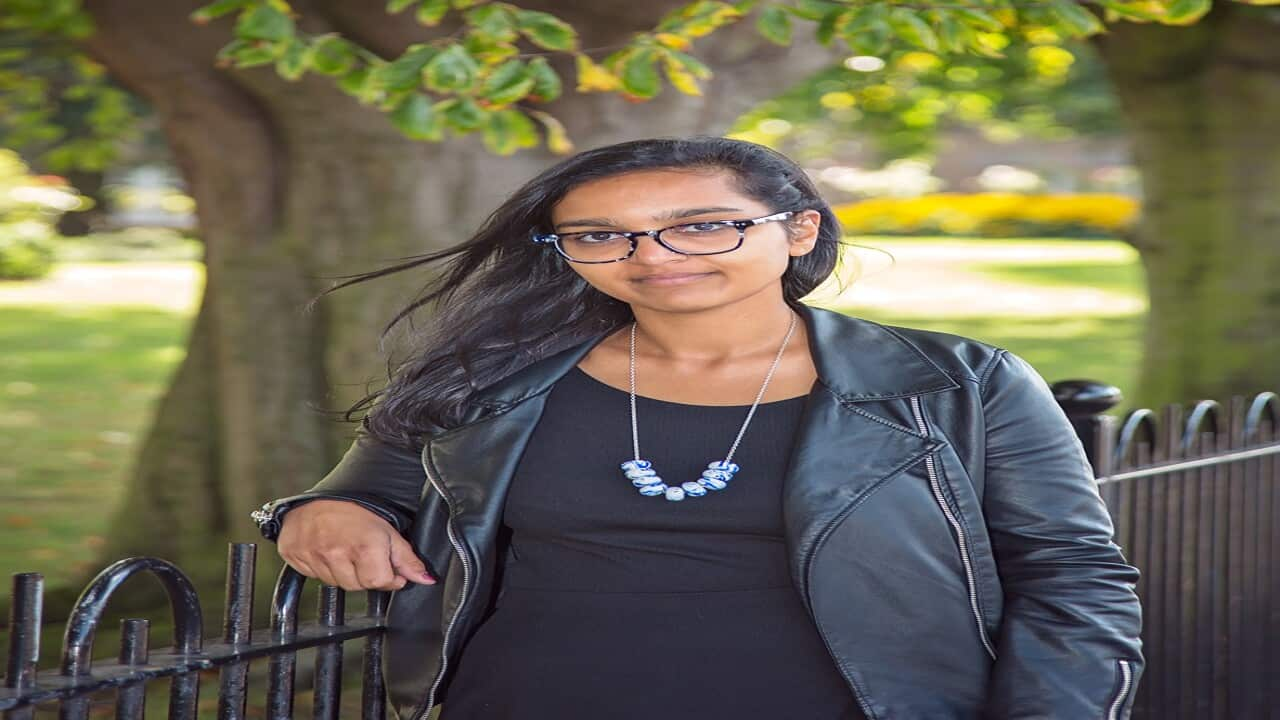I’m 10 years old, and we’re celebrating Multicultural Week at my primary school. I am dressed in a salwar kameez, a traditional Indian outfit of a tunic top and pants. My mother is coming in to run her stall at the lunchtime food fair, with homemade roti and aloo fry parcels ready to dish out.
“You’re not Indian, though,” Priya*, a girl in my class remarks to me casually, as we walk out of the classroom at lunch. Priya is the child of a diplomat from India. She is also wearing a kameez, and her accent has the lilt of someone who has learned English in another country.
“Yes, I am,” I counter. I’m certain I’m Indian – how could I not be, when that’s what my parents have told me my whole life?
“No, you’re Fijian-Indian. That’s not the same as being a real Indian,” she explains.
I turn this over in my mind, not fully comprehending it. This exchange becomes one of a series of similar encounters with my cultural identity over the coming years.
You’re not Indian… you’re Fijian-Indian. That’s not the same as being a real Indian
When I’m 11, we visit India for the first time as a family. Having all been born in Fiji, usually our holidays are back home to where the rest of our extended family is, between Suva, Lautoka and Rakiraki. This will be our first time returning to the country where our grandparents and great-grandparents came from.
One of the first things I notice is that the way locals speak Hindi is different to how we do. They speak the Hindi I associate with Bollywood movies. When I speak in Hindi to shop owners and distant relatives, they exclaim at my use of some words, such as konchi instead of kya, dropping syllables off other words.
When they ask where we’re from, Mum proudly says “Fiji,” but the reactions we receive are not complimentary. When I ask about this later, Mum sighs, and tells me that to “Indians from India”, Fijian-Indians are junglee – wild, uncouth.
“But why? And why do we speak differently?” I am confused by this.
My whole life, living in Australia, people have assumed my Indian identity based on my appearance, automatically assigning me to being not Australian. When we visit Fiji, despite the large Indian diaspora, I’m aware that the true Fijian population are the native Fijians. There has been enough conflict, even in my own short life, for me to know that the history of Indians in Fiji is politically complicated.
I had assumed that in India, the mother country, I would finally find true cultural inclusion. Yet here we are, once again facing gatekeepers who are weighing up the authenticity of our Indian-ness.
My mother explained to me the unique position Fijian-Indians hold, straddling the two countries we are from. Her grandfather was transported from Calcutta to Fiji sometime in the early 1900s, alongside thousands of other – indentured labourers taken by British India to work on plantations in their various colonies.
My grandfather was not technically a slave; however, he had to work off the cost of his passage before he could be free. So slavery in essence, if not name. And when the British left Fiji in the 1970s, Girmitiyas were left in their adopted country, barred from basic rights such as voting, but without any way or means of getting home.
Not only were we not accepted in Fiji, as a legacy of the country’s colonial history, but we suffered a great loss of connection to family and culture in India
So, not only were we not accepted in Fiji, as a legacy of the country’s colonial history, but we suffered a great loss of connection to family and culture in India. One of the reasons why Fijian-Indian Hindi is different from the Hindi in India is because dialects from across India mingled among the displaced populations in Fiji, and a new vernacular emerged.
As a child, I soon came to understand that my identity as Fijian or Indian was to be forever uneasy, each unable to exist while the other did.
And in Australia, my home since I was three years old, I was repeatedly told that my skin colour and cultural background prevented me from truly being Australian. I was from elsewhere – that was why people constantly asked me where I was from, right? It was a logical step to take.
I have never managed to reconcile these conflicting aspects of my cultural identity. Even where there has been growth and recognition of the complexities of second-generation migrant experiences, my internal battle has not ceased.
It seems that there will never be an easy or clear answer to the question of where I am from, and it is only in recent years that I have begun to realise that, perhaps, having an answer is not the point. Culture is not permanent, and cultural identity isn’t, either.
Just as my ancestors faced loss and alienation from their Indian heritage after spending decades in Fiji, my generation has experienced similar estrangement from Fijian-Indian culture, having been raised in Australia.
But for each loss, there is also a gain. Our family has become richer and more resilient with each generation, and our shared culture has grown over time. Our cultural identity may lack surety, but the complexity has allowed us to take the strongest lessons from each country to create an identity that is uniquely ours.
*Name has been changed.



